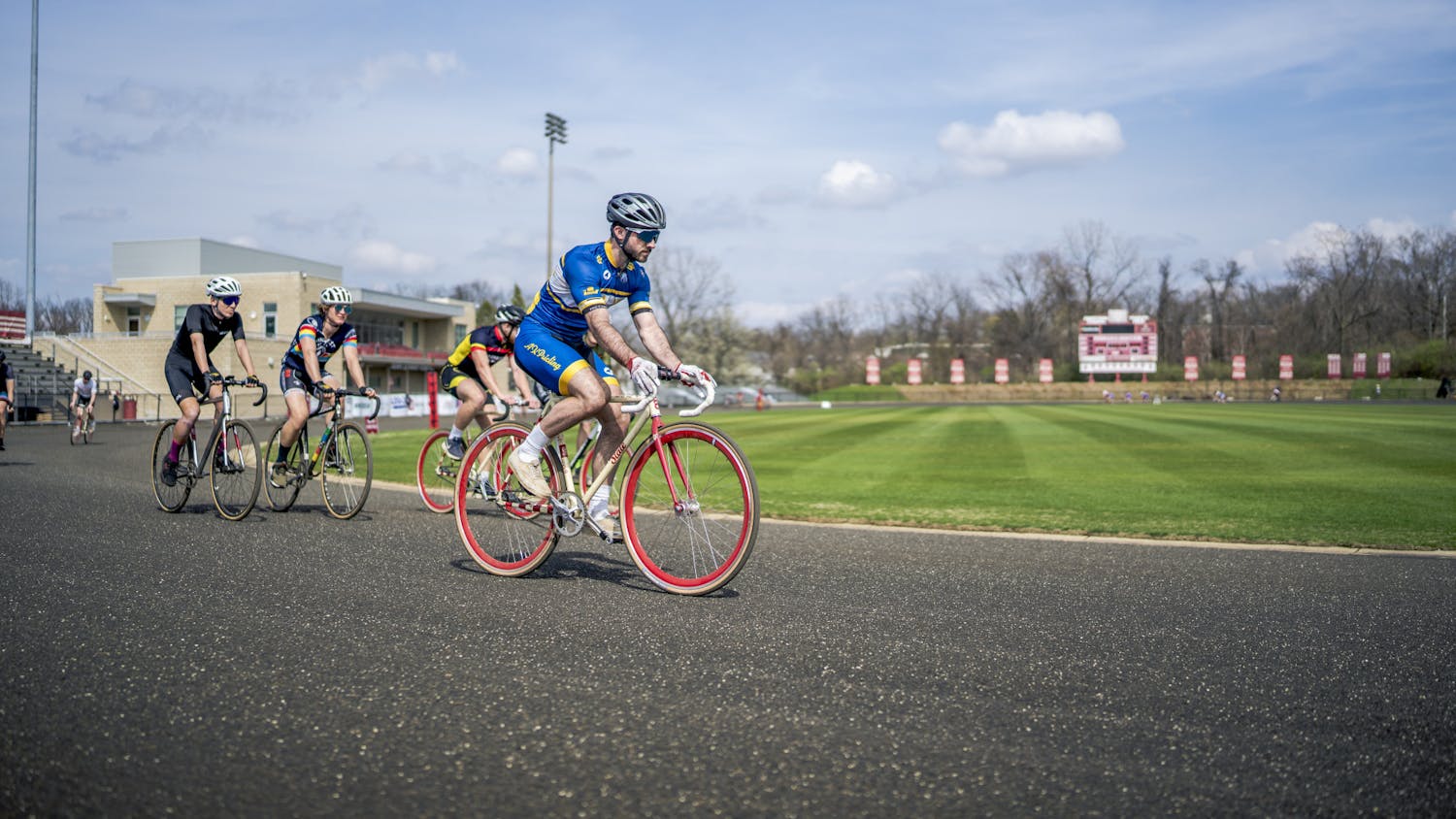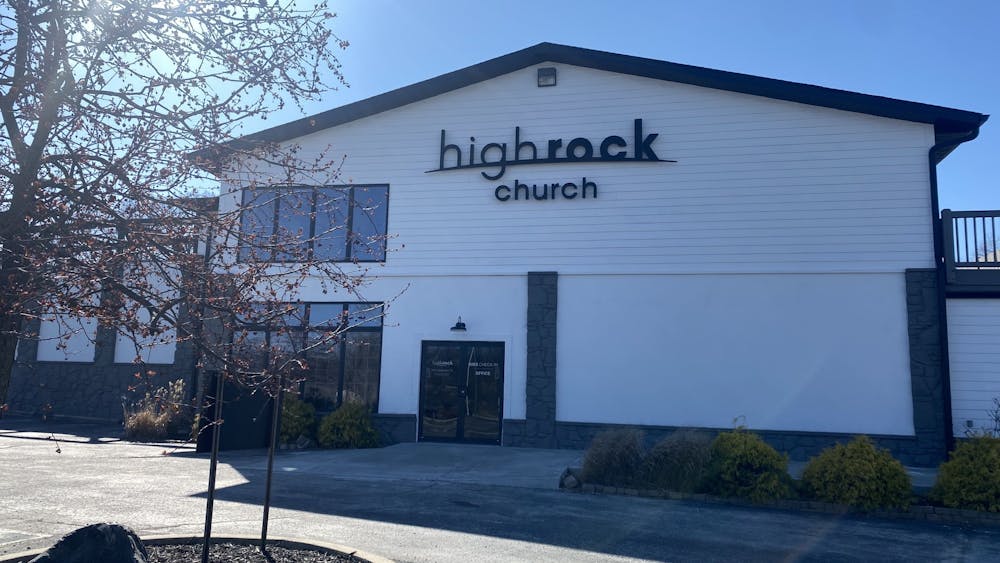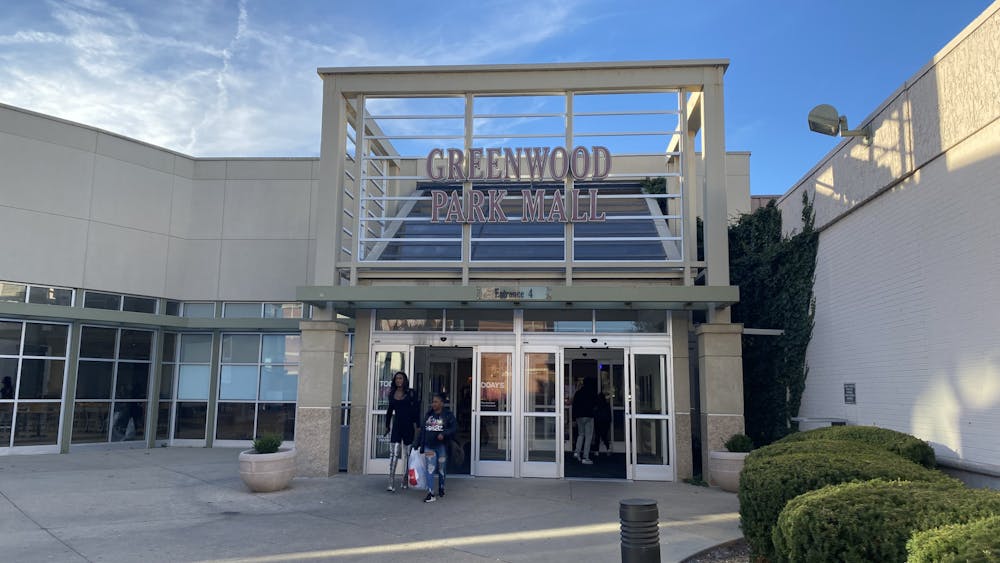At midnight following graduation day, seniors storm Showalter Fountain outside the IU Auditorium to go for a late-night dip. Why?
It’s tradition.
It something that gets passed down from class to class and usually ends in security guards kindly looking the other way and asking students to stay quiet.
And, unless students are told, they probably wouldn’t know that student organizations wishing to promote an event paint the Jordan Avenue bridge nearly every week. It is an unspoken practice that could be considered defacing University property, but it continues because that’s the tradition.
Though it’s not always clear where they come from, it’s apparent that these traditions continue year to year, passing from class to class. IU professor of history and philosophy of science Jim Capshew has made IU traditions not just a part of his life, but a part of his career. He is one half of the teaching duo responsible for creating X112: Traditions and Cultures of IU, a two-credit-hour, eight-week course offered online to help teach students about the IU community.
To Capshew, teaching the course is telling a story, exposing students to the history of IU that makes it such a special place, he said.
Perhaps the most well-known of IU’s traditions is Little 500, a bike race started in 1951. But Capshew reveals there are more traditions than just Little 500.
One of IU’s most romantic traditions is the 100-year-old Rose Well House, located on campus between Maxwell and Wylie Halls. According to a manuscript in the IU Archives called “Traditions of IU” by Marvin Shamon, a custom at the Rose Well House is that a woman is not a true college “coed” until she is kissed at midnight under the dome of the House. Today, students propose or even get married at the Rose Well House.
“This campus in some ways really is a work of art,” he said.
IU also holds a strong arts tradition. One such example is the Benton Murals.
“Many people don’t know that the Benton Murals in the auditorium were commissioned for just $20,000,” Capshew said. “Now, nearly 70 years later, they are worth millions.”
Capshew likes to talk about the great limestone buildings built with rock pulled from the area and how the green spaces on campus, such as Dunn Meadow and the Arboretum, were incorporated to be outdoor meeting places for staff and students.
“The more you know about the University, the more you appreciate the tremendous resources you have around you,” he said. “It’s a very different place than it was 100 years ago, but its core beliefs remain intact.”
Originally published in Orienter: June 15, 2009
Hoosier traditions
Get stories like this in your inbox
Subscribe





